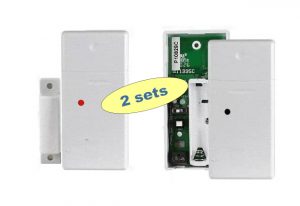Menu
Categories
HVAC Smart Relay Switch (HSRS)
$219.00 – $434.00Price range: $219.00 through $434.00 Select options This product has multiple variants. The options may be chosen on the product pageWireless Range Extender (X10 – Class 2)
$149.00 – $327.00Price range: $149.00 through $327.00 Select options This product has multiple variants. The options may be chosen on the product pageWiegand Format Converter
$289.00 – $349.00Price range: $289.00 through $349.00 Select options This product has multiple variants. The options may be chosen on the product pageWiFi Card Data Logger
$899.00 – $2,188.00Price range: $899.00 through $2,188.00 Select options This product has multiple variants. The options may be chosen on the product pageSale
Smart Temperature Relay Switch (STRS)
$299.00 – $399.00Price range: $299.00 through $399.00 Select options This product has multiple variants. The options may be chosen on the product pageWireless Door/Window Sensor, GEN3 (set of 2)
$85.00 Select options This product has multiple variants. The options may be chosen on the product page© Powered by Kenneth Delahoussaye Consulting

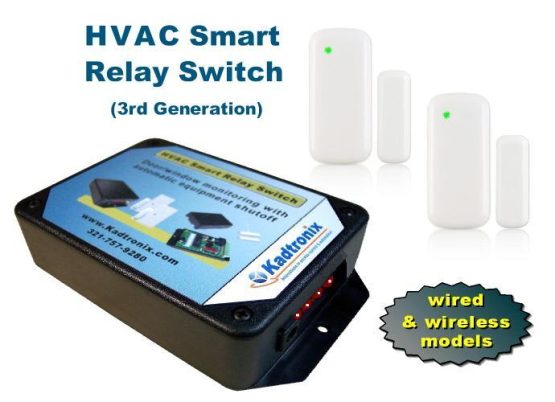
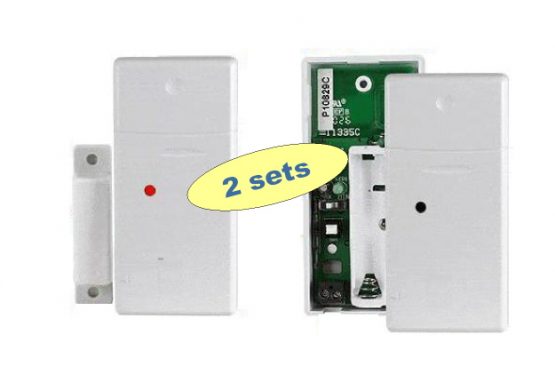
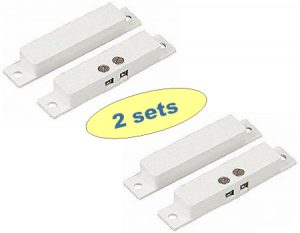
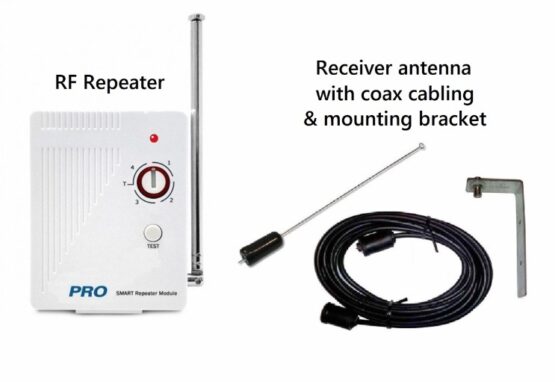

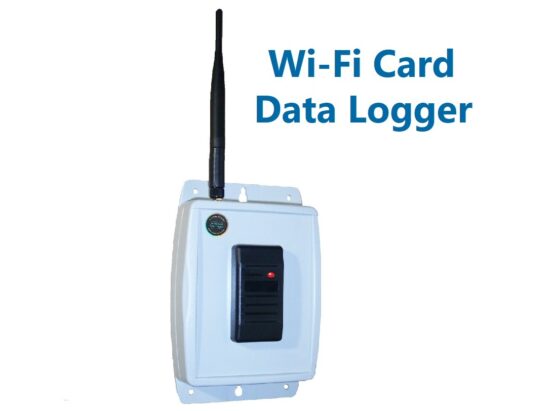

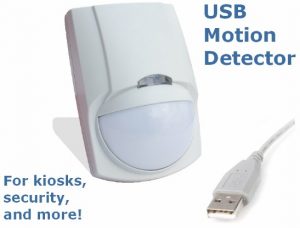
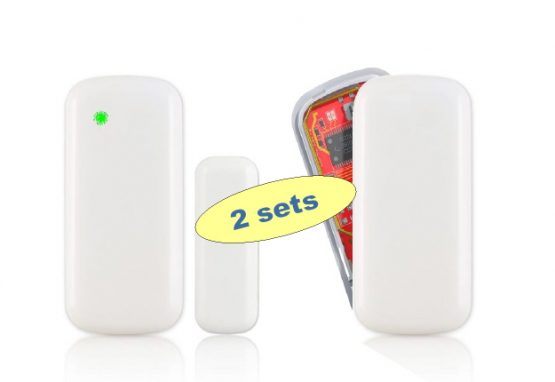

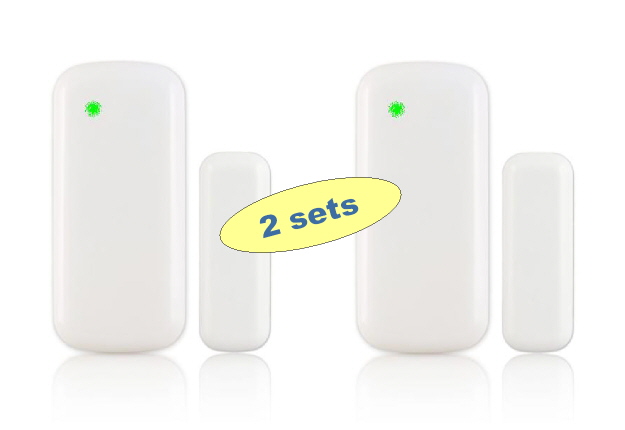
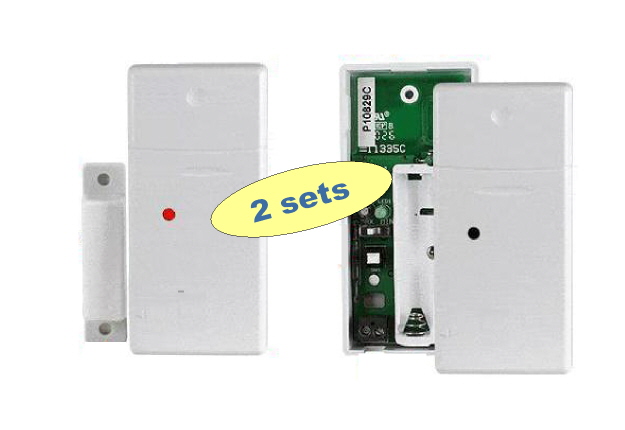
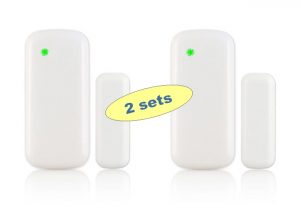 Mini
Mini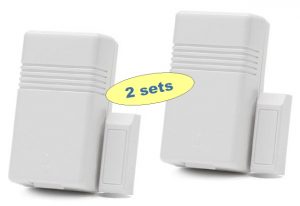 Basic
Basic